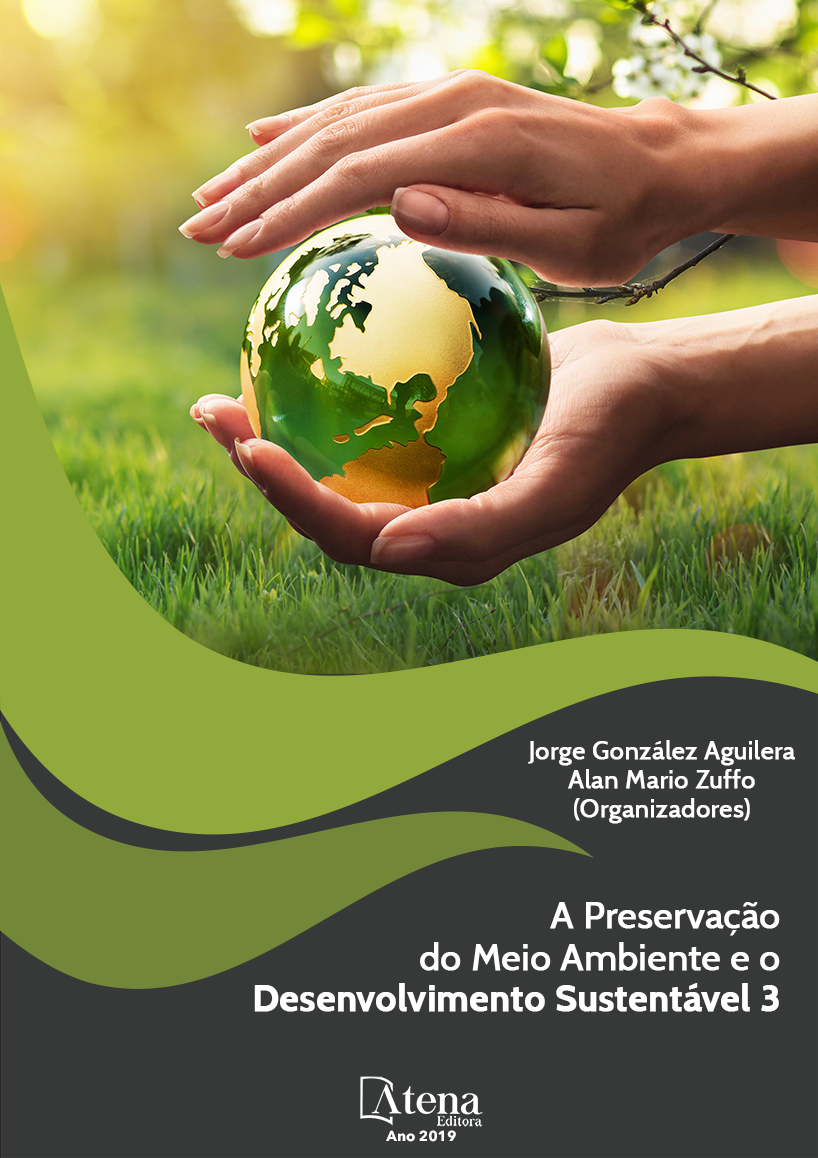
ICMS ECOLÓGICO POR BIODIVERSIDADE COMO INCENTIVO A CRIAÇÃO DE UNIDADES DE CONSERVAÇÃO MUNICIPAIS
Unidades de Conservação são estratégias de conservação ambiental praticadas em várias partes do mundo. Entretanto, demais interesses, dificultam o aumento de áreas protegidas. Desta forma, políticas públicas são fundamentais para proporcionar proteção ambiental com percepções econômicas, estabelecendo a compensação financeira, como forma de incentivo a práticas conservacionistas, sendo o Estado do Paraná pioneiro na regulamentação. Assim, o objetivo deste estudo foi avaliar a evolução da criação de UC Municipais, por meio do Cadastro Estadual de Unidades de Conservação e Áreas Protegidas (CEUC) utilizando informações dos últimos 20 anos. Observou-se que em 1997 já existiam 54 UC municipais em 29 municípios, sendo 89% de Proteção Integral, mantendo essa proporção para o ano de 2016, que resultou 140 UC em 76 municípios. Em termos de superfície protegida, as UC com gestão municipal em 1997 correspondiam em 21,8 mil ha, ocorrendo um incremento médio anual próximo de 5 mil ha, atingindo 114,8 mil ha em 2016. Com esses resultados, observou-se a eficácia desta política publica com base no crescimento da superfície de UC com gestão municipal no Paraná, bem como a maior distribuição em número de municípios, gerando benefícios econômicos e socioambientais para diferentes regiões do Estado. Contudo, o aperfeiçoamento do programa deve ser condicionante desta política pública, visto a dificuldade desses recursos voltarem para as UC. Assim, legislações municipais destinando recurso do ICMS Ecológico para as UC caracterizariam o aperfeiçoamento do programa, visto que o município teria regramento na aplicação desses recursos, independente da vontade de seu representante legal.
ICMS ECOLÓGICO POR BIODIVERSIDADE COMO INCENTIVO A CRIAÇÃO DE UNIDADES DE CONSERVAÇÃO MUNICIPAIS
-
DOI: 10.22533/at.ed.38919140817
-
Palavras-chave: Atena
-
Keywords: Atena
-
Abstract:
Protected Areas, are conservation strategies practiced in many countries of the world. However, different interests may difficult the increasing of these areas. In this way, public policies are essential to link environmental protection with economic perceptions, establishing compensations due to financial incentive, being State of Paraná a pioneer in it´s regulation. Thus, the goal of this study was evaluate the evolution of municipal Protected Areas, through the State Register of Protected Areas (CEUC), using the past 20 years data. We notice, that in 1997, already existed 54 municipal protected areas in 29 municipalities, 89% of full protection, maintaining these proportion in 2016, which resulted in 140 protected areas, in 76 municipalities. In terms of size increment, the protected areas with municipal management in 1997 had 21.8 thousands ha, occurring an annual average increase around to 5 thousand ha, reaching 114.8 thousands ha in 2016. With these results, we observed the efficiency of this public policy notices the growth of the municipal protected areas in Paraná, as the wider distribution along the counties, generating economics and socio-environmental benefits to different regions of the State. Yet, the program improvement must be condition to this public policy, due to the difficulty of investment return to the protected areas. Thus, municipal laws allocating ICMS Ecologic funds to protected areas would characterize an improvement of this program, since the county would have a rule to invest these resources, irrespective of the will of your legal procurator.
-
Número de páginas: 15
- GUILHERME DE CAMARGO VASCONCELLOS
- MARIA DO ROCIO LACERDA ROCHA
- Francelo Mognon


